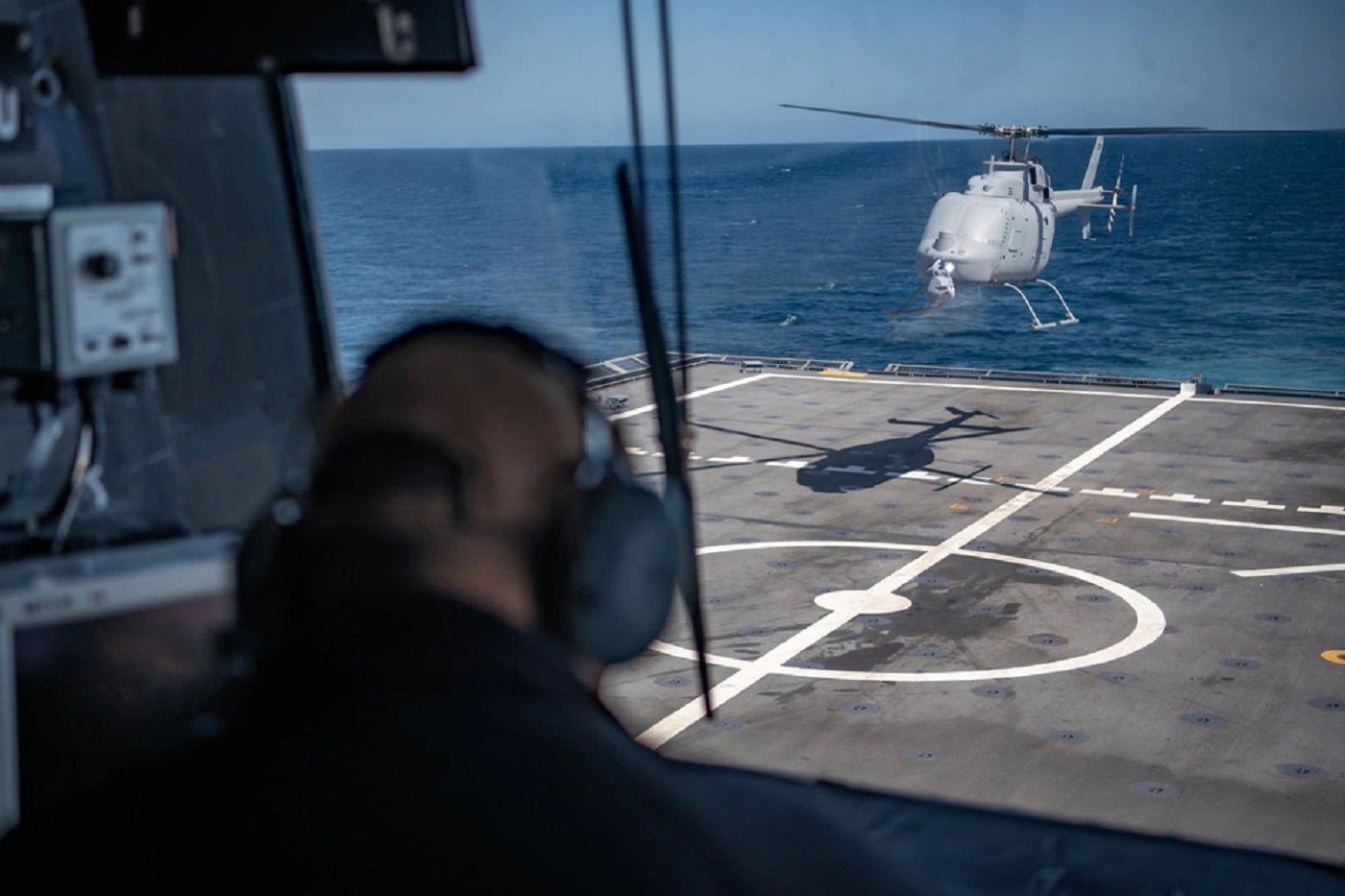
Northrop Grumman Corp., Aeronautics Systems, based in San Diego, California, has secured a contract worth $19.9m to bolster the capabilities of the MQ-8C vertical takeoff and landing tactical unmanned air vehicle system (UAV).
The contract encompasses a range of upgrades, including cyber-intrusion protection, non-recurring engineering, hardware qualification, systems integration, safety assessment, retrofit installation, and flight testing. The enhancements are expected to be completed by May 2026.
The contract will enhance the UAV’s capabilities, ensuring its continued effectiveness in supporting the Navy’s missions.
The scope of work covered by the contract includes upgrading a cyber-intrusion protection system to safeguard the vehicle from potential digital threats and bolstering its resilience in the face of evolving cybersecurity challenges.
Most of the work is slated to be performed in San Diego, California, the home of Northrop Grumman Aeronautics Systems, where 90% of the upgrades will be carried out. Additionally, Mojave, California, will contribute to the project with 10% of the work. This distribution of efforts ensures the collaboration of key facilities, expertise, and resources in bringing the upgrades to fruition.
According to GlobalData’s “The Global Military UAV Market 2022-2032” report, the company is expected to earn $5.8bn over the forecast period owing to its MQ-4C Triton and the MQ-8C program contracts.
The MQ-8C is a component of the Navy’s unmanned aircraft fleet, offering vertical takeoff and landing capabilities and endurance. With the planned enhancements, the vehicle will witness improved performance, reliability, and resilience, enabling it to take on more complex and critical missions in diverse operational environments.
The US Navy’s MQ-8C fire scout unmanned helicopter became ready for operations in 2019, with the next-generation unmanned helicopter being deployed on the USS Jackson LCS in the Indo-Pacific and the USS Milwaukee since.
The contract’s completion is scheduled for May 2026, allowing time to implement the upgrades and testing to ensure the system’s reliability and adherence to the Navy’s safety standards.




